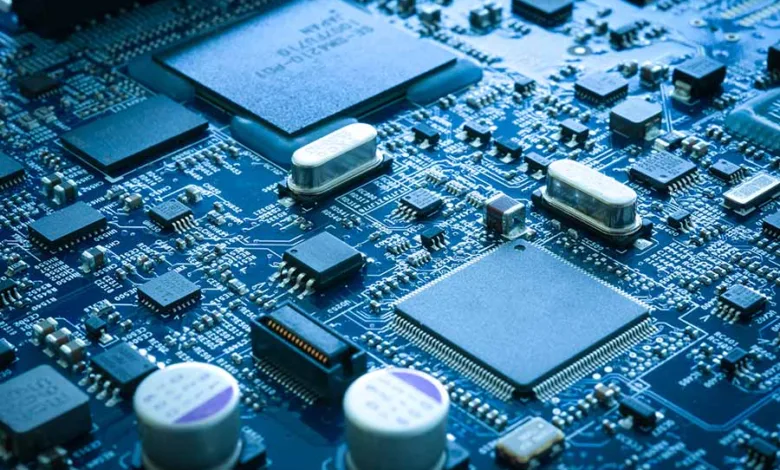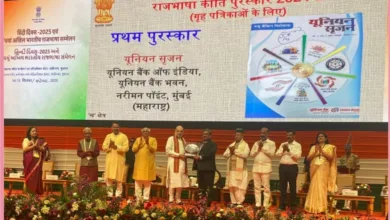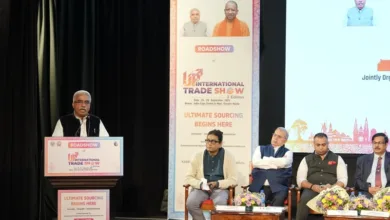India Semiconductor Market to Hit $110 Billion by 2030
With rising investments, new fabs, and strong government backing, India is gearing up to become a global semiconductor powerhouse by 2030.

Lucknow | 4, August 2025 : India’s semiconductor market was worth $38 billion in 2023. By 2030, it could grow to $100–110 billion, according to the Indian government. This rise comes as the global chip market is expected to reach $1 trillion by the same year.
India is moving quickly from planning to building real projects. Factories for chip design, assembly, and manufacturing are coming up across the country.
Big Investments Are Powering the Market
Many large companies are building new chip plants in India. Here are some of the major projects:
- Micron Technology: ₹22,516 crore ATMP (Assembly, Testing, Marking, and Packaging) plant in Sanand, Gujarat.
- Tata Electronics and Powerchip (Taiwan): ₹91,000 crore fab in Dholera, to make 50,000 wafers per month.
- CG Power, Renesas, and Stars: ₹7,600 crore unit in Sanand to make 15 million chips per day.
- Tata Semiconductor (TSAT): ₹27,000 crore plant in Assam, to make 48 million chips per day.
- Kaynes Semicon: ₹3,307 crore plant in Sanand, with output of 6.33 million chips per day.
- HCL-Foxconn JV: ₹3,700 crore fab in Jewar, Uttar Pradesh, to produce 36 million chips a year. Work starts in May 2025.
These projects show that India is becoming a serious player in chip-making.
India Is Strong Across the Supply Chain
India is building strength in three key parts of the chip industry:
- Machines and Tools – Small companies (MSMEs) are making equipment used in chip factories.
- Materials – India has chemicals, minerals, and gases needed for chip-making.
- Talent and Services – The country has many engineers skilled in AI, cloud, big data, and chip design.
More than 85,000 engineers are being trained to support this sector. India’s new chip design labs, including one at IIIT Hyderabad, are helping startups grow.
Support from the Government
The India Semiconductor Mission (ISM) started in 2021. It has ₹76,000 crore to help build fabs, design labs, and display units. Global experts help guide the mission.
The government also runs:
- The Design Linked Incentive (DLI) scheme, which has helped 22 startups.
- The Semicon India programme, which supports big chip events and R&D.
- The India-US iCET deal, which helps both countries work together on key tech like semiconductors and AI.
Why It Matters
Chips are used in phones, cars, satellites, and defence. Right now, India imports most of them. By making its own, India will:
- Be less dependent on other countries
- Strengthen national security
- Boost its tech economy
- Create jobs and exports
India has already shown progress. The Chandrayaan-3 moon lander used India-made chips and AI to land safely. This shows what local technology can do.
Looking Ahead
India is on the path to become a global chip hub. With new factories, trained talent, and strong government support, the India semiconductor market will play a big role in the global supply chain.
Quick Facts
| Item | Details |
|---|---|
| 2023 Market Size | $38 billion |
| 2030 Forecast | $100–110 billion |
| Global Forecast | $1 trillion |
| Key Projects | Micron, Tata, HCL, CG Power, Kaynes |
| Workforce | 85,000+ engineers trained |
| National Mission | ₹76,000 crore outlay under ISM |
Also Read : Concourse Work Begins at Lucknow’s Charbagh Station






